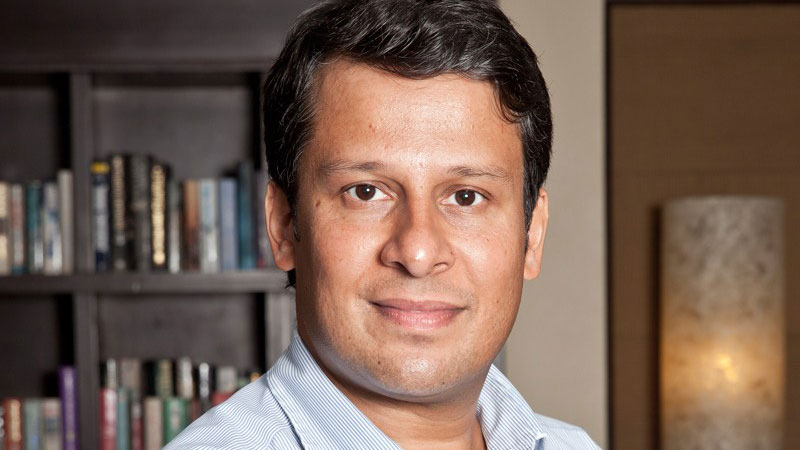Booming Asia Video Market to be Key Battle for Global Conglomerates (Study)
By Patrick Frater
LOS ANGELES (Variety.com) – As Disney completes its acquisition of Fox and scales up entertainment and sports offerings in Australia, India, Japan and South East Asia, the Asia Pacific video industry is shaping up as a key battleground for global media firms.
The online video sector in Asia has already hit massive scale, with revenues this year of $21 billion. These are forecast to grow at 18% for the next five years.
Research from Media Partners Asia, contained in the study group’s Asia Pacific Online Video and Broadband Distribution report, shows the industry expanding to $48 billion by 2023. That includes subscription income as well as advertising revenue, in a diverse region where the levels of infrastructure and economic development and consumer behavior patterns vary massively.
“Different payment models are emerging across China, India and Southeast Asia incorporating, including TVOD and shorter time commitments, freemium tiers, bundles and loyalty programs tied to a broader mix of digital services,” says the report’s author Vivek Couto, ’s executive director.
, where generalist and specialist video players already operate side by side, but where the global giants of video are largely excluded, is expected to account for 60% of the Asia-Pacific revenue, including 66% of regional subscription revenue. Japan, Australia, India, South Korea and Taiwan are the next largest.
Outside China, subscription revenue is forecast to grow from $3 billion to $6 billion by 2023. Online advertising spend, ex-China, is expected to swell from $5 billion to $11 billion.
Content costs, which have recently seen government intervention in China, will continue to grow. Media Partners Asia forecast that these will grow at 14% per year from $16.6 billion this year to $31.5 billion in 2023, across the entire region. Excluding China, the investment in content, rises from $2.7 billion to $5.9 billion.
“We are in the early innings of an industry evolution which will require high levels of investment and strong balance sheets. For standalone players, there is no clear path to significant free cash generation in any market over the medium term, while integrated digital giants and large-scale TV players are subsidizing losses for their online video services, although operational breakeven is likely in the near-to-medium term for local platforms in Australia, China, India and Japan,” says the report.
Analysis shows China’s three largest video operators, all of which are integrated into larger tech giants, are by far the biggest players in the Asia Pacific market – along with YouTube and Facebook.
China’s iQiyi is forecast to have revenues of some $2.7 billion this year, ahead of Tencent Video at $2.4 billion, and Youku slightly at $1.9 billion. Those compare with estimated revenues of $750 million for Netflix in the region, and $320 million for Amazon Prime. (For Amazon Prime Video, the forecast is an estimated allocation of revenues from Prime in those markets where it is present, notably India and Japan).
Advertising spend on video across YouTube and Facebook in Asia will total almost $4 billion in 2018, and YouTube for now control most of that.
“Netflix’s current scales owes much to its large base in Australia and New Zealand though its growing at a healthy pace in India, parts of Southeast Asia, Taiwan and other markets – much more is expected in the years to come in India and Korea in particular. Amazon could scale more in India and the region if it executes further on video in Australia and Southeast Asia, especially Indonesia and the Philippines,” Couto told Variety.
“All eyes are now on the landscape starting 2019 as Disney invests to scale global and local entertainment and sports offerings in Australia, India, Japan and Southeast Asia, following its acquisition of Fox. The growth of Hotstar in India and in emerging markets outside India is one to watch and how the combined entity tackles China will also be important.”

